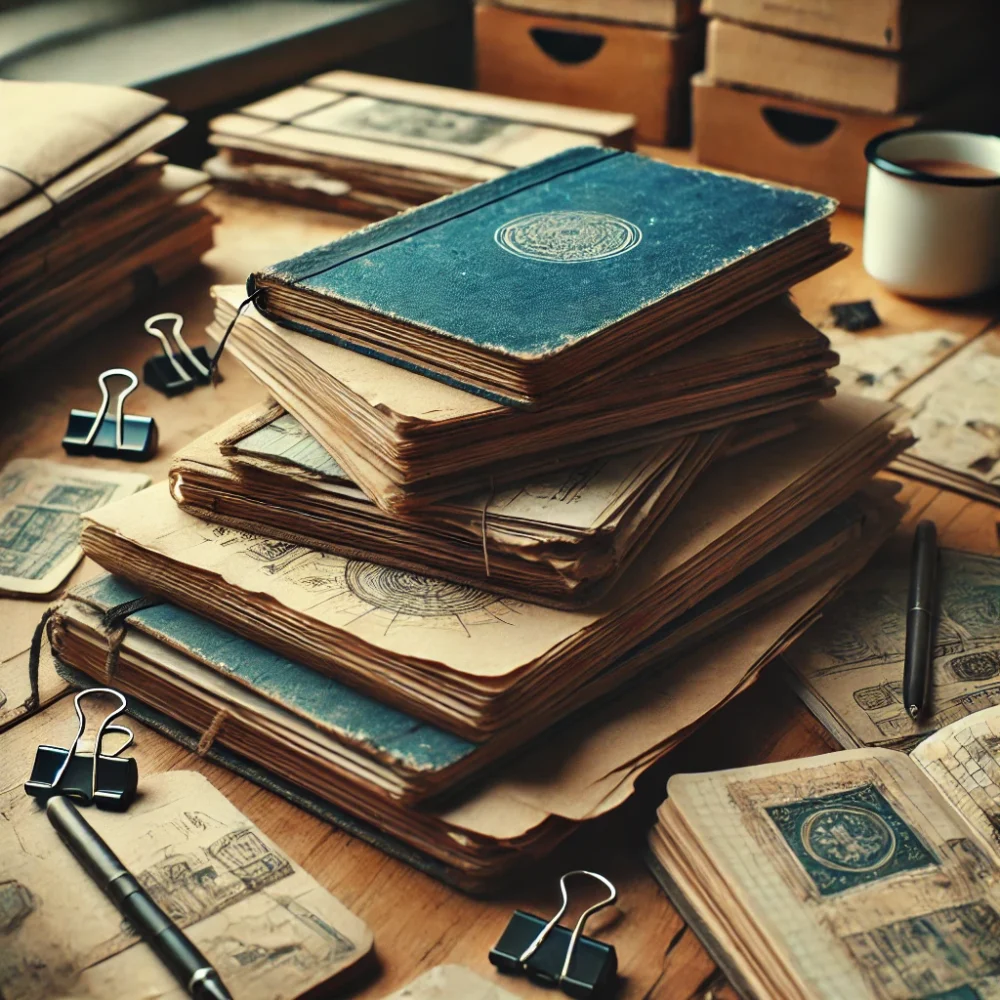A golden age for upmarket stationery

I have an on-off relationship with physical notebooks. Only last year, I mentioned that I transitioned to using OneNote; yet today, I’m back to using a combination of OneNote and a paper notebook from Papier.
I therefore very much enjoyed this book excerpt by Roland Allen in The Walrus about the history of Moleskine—the notebook manufacturer to whose paper diaries Wendy is especially loyal.
The non-standard dimensions, a couple of centimetres narrower than the familiar A5, let you slip the notebook into a jacket pocket, and the rounded corners—which add considerably to the production cost—help with this. They also stop your pages from getting dog-eared and, together with the elastic strap and unusually heavy cover boards, confirm that the notebook is ready for travel. The edges of the board sit flush with the page block, ensuring that your Moleskine can never be mistaken for a printed book. In use, it lies obediently open and flat, and the pocket glued into the back cover board invites you to hide souvenirs—photos, tickets stubs, the phone numbers of beautiful strangers. Two hundred pages suggest that you have plenty to write about; the paper itself, tinted to a classy ivory shade and unusually smooth to the touch, implies that your ideas deserve nothing but the best, and the ribbon marker helps you navigate your musings. Discreetly minimal it may seem, but the whole package is as shot through with brand messaging as anything labelled Nike, Mercedes, or Apple—and, like the best cues, the messaging works on a subconscious level.
My Papier notebook, I note, does not exhibit all of those features, and would be better if it did. I particularly liked the article’s take on the little leaflet that’s tucked inside Moleskine notebooks:
The leaflet opened with a lie (the new Moleskines were not “exact reproductions of the old”) then immediately veered toward gibberish, but that didn’t matter. Pound for pound, those seventy-five words proved themselves among the most effective pieces of commercial copywriting of all time, briskly connecting the product’s intangible qualities—usefulness and emotion—to its material specification, thereby selling both the sizzle and the steak. Sebregondi and Franceschi picked an astutely international selection of names to drop: an Englishman, an American, and a Frenchman encouraged cosmopolitan aspirations. “Made in China,” on the other hand, did not, so they left that bit out.
It’s one of those articles which is packed with insights and titbits I’ve never thought to wonder about, and I’d highly recommend giving it a few minutes of your time.
The image at the top of this post was generated by DALL·E 3.
This post was filed under: Miscellaneous, Roland Allen, The Walrus.